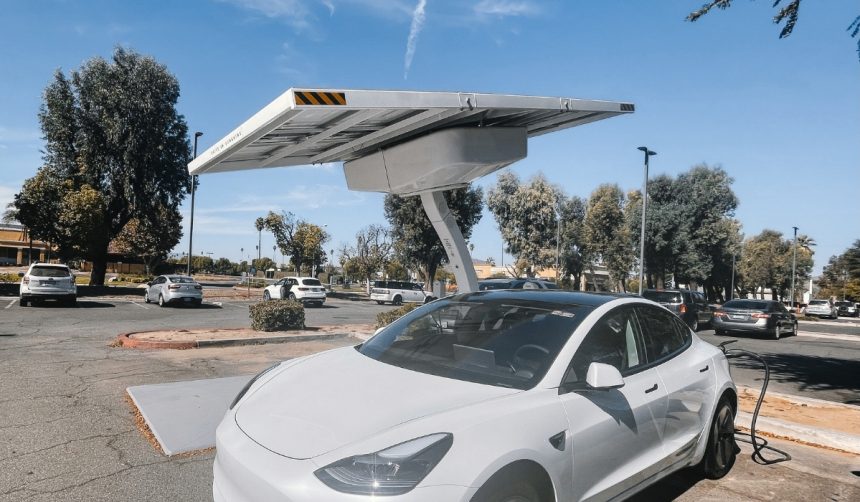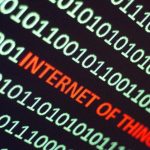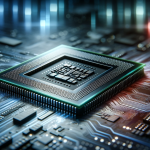Tesla has sparked new interest among Full Self-Driving (FSD) users with the planned release of FSD V14, which the company is positioning as a significant update for consumer vehicles. The details shared by Tesla CEO Elon Musk suggest that while the highly anticipated Unsupervised FSD is not yet being made available to the public, new enhancements are set to advance user experiences. Many in the electric vehicle community have been waiting for clear updates, and this announcement sheds light on Tesla’s current focus and product roadmap.
Tesla’s strategy for rolling out FSD features has previously involved incremental software releases and selective beta programs, often restricted by region or user qualification. Earlier news stressed the importance of regulatory approvals, public safety dialogues, and the gradual expansion of self-driving capabilities. Recent disclosures now point to more robust architecture and increased testing before broader distribution to customers, reflecting a cautious yet deliberate move towards unsupervised driving technology. This evolution has drawn attention to how Tesla balances innovation speed with safety and reliability standards enforced by various authorities.
What Is Changing in FSD V14?
FSD V14 comes with a notable upgrade in its algorithmic core, as Musk highlighted that the system’s parameter count is set to increase tenfold. This leap is intended to improve pattern recognition, decision-making processes, and overall driving performance. Beyond the technical enhancements, the update is expected to address common user feedback, such as reducing unnecessary in-cabin alerts or “nags.” In Musk’s words,
The FSD release in about 6 weeks will be a dramatic gain with a 10X higher parameter count and many other improvements.
Current testing and training of V14 reportedly prioritize real-world safety outcomes.
Is Consumer Unsupervised FSD Arriving Soon?
Consumer access to the fully unsupervised version of FSD remains limited for now. During a recent company earnings call, Tesla leaders discussed the cautious approach being taken with new releases, aiming to introduce unsupervised functions selectively in certain U.S. cities. Musk mentioned,
I am confident that by this year, within a number of cities in the US, it will be available to end users.
He emphasized the need for safety verifications and responsible deployment, noting that
We are just being very careful about it. This is not something we should rush.
How Does FSD V14 Fit Tesla’s Goal?
Tesla repeatedly claims that FSD development is a key part of its long-term strategy. With much attention already on the Robotaxi service in Austin and the Bay Area—which leverages Unsupervised FSD technology but is not released to the public at large—Tesla appears to use these initiatives to refine its approach to autonomous driving. The V14 update suggests a blend of technical ambition and prudent, staged launch steps as Tesla seeks to reach widespread, practical deployment.
Tesla’s movement toward broad FSD deployment illustrates ongoing industry-wide challenges: balancing rapid artificial intelligence progress, robust vehicle testing, and strict regulatory demands. For prospective buyers and current owners, understanding the distinctions between supervised and unsupervised self-driving features remains essential. As Tesla iterates on products like FSD V14, clear communication and defined safety thresholds help inform customer expectations and regulatory oversight. Interested consumers might consider the benefits and current limitations of these systems while watching for official rollout details in their regions.
- Tesla is preparing to launch FSD V14 with major technical upgrades.
- Unsupervised FSD isn’t broadly available to consumers yet.
- Release timelines depend on real-world safety verification and region.










